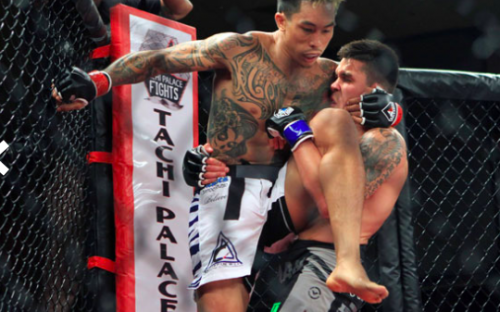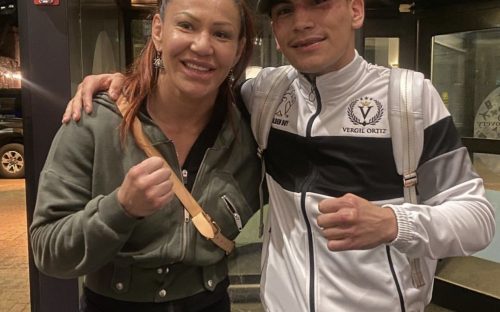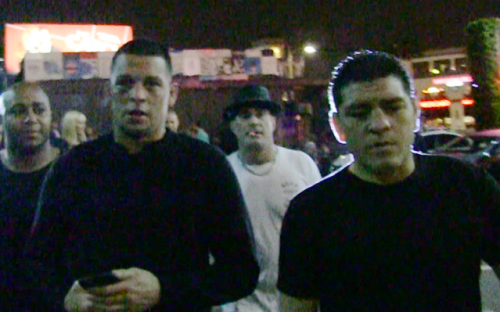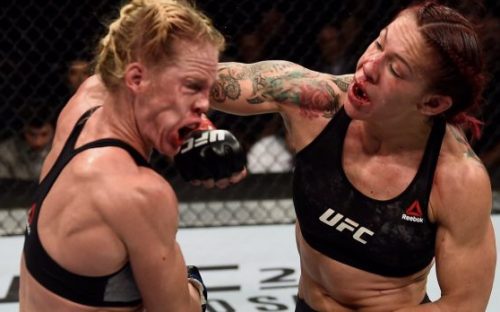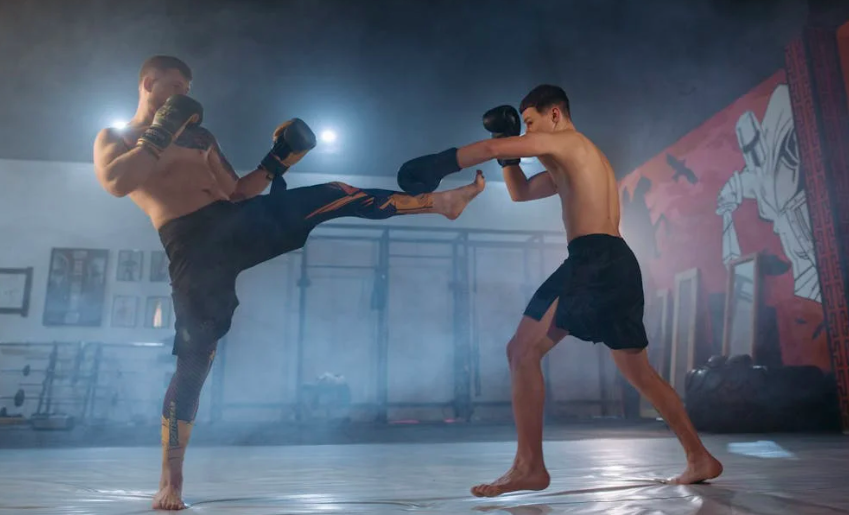
Brandon “Raw Dawg” Royval, a rising UFC flyweight, recently pulled out of an expected matchup against Manel Kape, citing a head injury. Royval was scheduled to face Manel Kape on March 1, 2025, at UFC Fight Night 253, held at the UFC Apex in Las Vegas. Fans were caught off guard after he admitted struggling to form sentences before the fight.
That kind of admission raises real questions about how fighters handle unseen injuries. What happens when symptoms show up before fight night, but no one pays attention? His situation points to something bigger happening in MMA regarding health and recovery.
Are gyms and fight camps changing how they deal with potential brain trauma? This article will explore Royval’s decision, the risks of repetitive head injuries, and what fighters face outside the cage.
A Fighter’s Health Scare Comes to Light
Bloody Elbow notes that Brandon Royval’s decision to withdraw shocked many within the MMA community. He reported sudden speech problems and moments of mental confusion during training camp. Brandon also mentioned struggling to remember conversations or follow directions.
Medical staff conducted neurological assessments to better understand his symptoms. The diagnosis confirmed concussion-related complications stemming from repeated minor head trauma. Doctors recommended immediate rest and a full recovery period.
Royval admitted he felt pressure to stay silent and fight anyway. Eventually, concern for his well-being outweighed his competitive drive and pride. The announcement emphasized how vital transparency is when facing serious health issues.
What non-contact activities help detect head issues early?
Cognitive drills, memory tests, and speech exercises during rest days may catch red flags. When paired with routine physicals, these tools reveal changes that go unnoticed during combat training. Integrating these into camps can strengthen early intervention protocols for head injuries.
The Silent Impact of Repetitive Head Blows
Brain injuries in combat sports often develop without any clear warning signs. Fighters may ignore symptoms like nausea, forgetfulness, or trouble concentrating after training.
As per MMA Mania, Royval stated that his symptoms didn’t come from a single devastating punch. Instead, they gradually worsened over time during his regular sparring sessions. Repetitive trauma is difficult to detect without close medical attention and monitoring.
Many athletes conceal discomfort, fearing they will lose valuable fight opportunities.
The fight game rewards toughness, sometimes at the expense of personal health. Royval’s story highlights the danger of overlooking subtle yet serious head trauma. His choice brings awareness to this overlooked side of fighting.
Are certain gym environments more dangerous than others?
Yes, gyms that prioritize high-impact sparring and discourage rest pose greater neurological risks. Environments lacking medical oversight often miss early injury patterns in their fighters. Fighter health improves significantly in programs emphasizing moderation, monitoring, and open communication about symptoms.
UFC and Fighters Respond with Unified Support
Following the announcement, Royval received an outpouring of support from fellow fighters. Many praised his honesty and willingness to speak about a tough subject. UFC officials affirmed their commitment to fighter safety and medical evaluations.
Trainers expressed confidence that Royval made the right decision for his health. Some athletes shared their past struggles with concussions and pressure to perform. The MMA community increasingly values long-term wellness over short-term wins.
Social media posts applauded his courage in speaking publicly about brain injuries. Medical staff also stressed the importance of early detection and recovery protocols. Royval’s case may lead to improved injury response standards going forward.
Could fan reaction impact future fighter disclosures?
Positive fan responses to disclosures encourage more fighters to speak up about hidden struggles. Supportive feedback reduces the stigma around choosing health over competition and reinforces athlete vulnerability as strength. Community backing plays a critical role in changing the sport’s culture.
Long-Term Brain Health Is Now Front and Center in MMA
Fighters are starting to treat brain health as a serious priority. Even minor strikes during training can slowly contribute to long-term damage. Factors like dehydration, sleep deprivation, and drug use can worsen cognitive decline. Intense weight cuts are also known to strain the brain and body.
NIH states that contaminants in drinking water have also come under scrutiny in recent health studies. One group of chemicals, known as per- and polyfluoroalkyl substances (PFAS), is raising concern. PFAS exposure has been linked to neurotoxic effects that may disrupt brain recovery.
According to TorHoerman Law, these chemicals often enter water supplies through industrial discharge and fire-training sites. AFFF, a foam used to fight fuel fires, is a major source. Airports and military bases are key locations where contamination has been confirmed.
AFFF is currently at the center of lawsuits alleging it causes cancer and harms the brain over time. Legal pressure from the firefighter foam lawsuit is mounting on manufacturers accused of hiding known PFAS dangers.
Athletes may also file claims if they’ve been exposed to PFAS-contaminated environments. Due to the widespread nature of PFAS, more legal claims are expected in the coming years.
Can lifestyle choices reduce PFAS retention in the brain?
Yes, dietary changes and exercise routines can help the body gradually eliminate some PFAS compounds. Avoiding products with known contamination and improving liver health through nutrition may help reduce accumulation. However, complete detox may require professional intervention over extended periods.
The Road to Recovery and a Possible Return
Brandon Royval is currently focusing on rest, therapy, and full brain recovery. Medical professionals are monitoring his progress through regular evaluations and cognitive testing. His coaches believe he will return stronger with a renewed focus on health.
BJPenn.com mentions that Royval has not ruled out fighting again once he fully recovers. He remains committed to training and maintaining physical fitness at a lower intensity. The recovery timeline is uncertain and depends on future medical clearances.
Fans hope to see him return when he is completely ready. His journey could inspire others facing similar silent health battles in the sport. Royval’s decision may ultimately extend his career and preserve his long-term health.
Do fighters adopt new techniques after brain injuries?
Yes, many adjust their styles to reduce head exposure and prioritize technical movement. Defensive strategies, counterstriking, and less aggressive sparring become key elements in their approach. These shifts protect the brain while also improving tactical versatility in future bouts.
Brandon Royval’s honest story marks a turning point in how MMA views fighter health. His openness shows the importance of spotting head injuries early and speaking up about them. This shift encourages a culture where fighters value health and vulnerability over staying silent.
It also shines a light on outside risks like PFAS exposure that affect long-term well-being. These toxins raise serious concerns that go beyond what happens inside the cage. Royval’s experience pushes the sport toward a more complete approach to athlete care. Moving forward, MMA could start treating long-term fighter health as a priority.
Latest from the blog
Tuesday, 6th Jan, 2026
Cris Cyborg MMA Seminar Odessa Texas Feb. 28th

Amanda Serrano returns with Championship title defense

Kayla Harrison does not see value of Amanda Nunes training with Larissa Pacheco ahead of their fight

Andrew Tate vs. Chase DeMoor: The Fight Before Christmas: A Misfits Boxing Recap

A Historic 2025: Boxing Breakthroughs, MMA Legacy, and the Road Ahead





